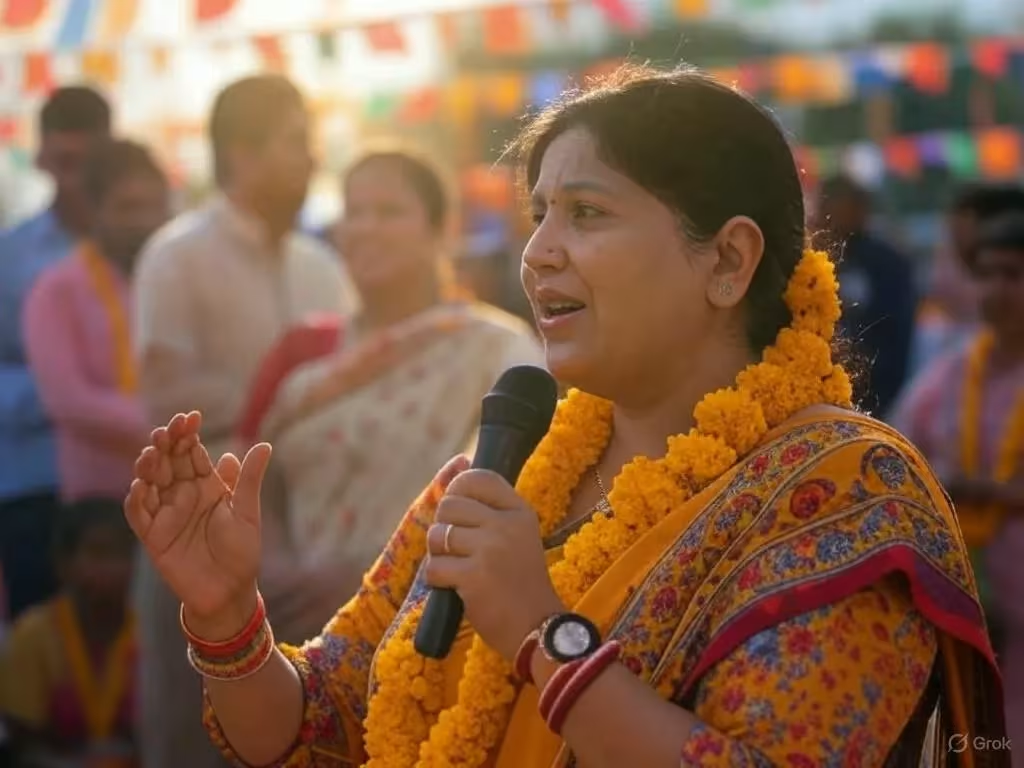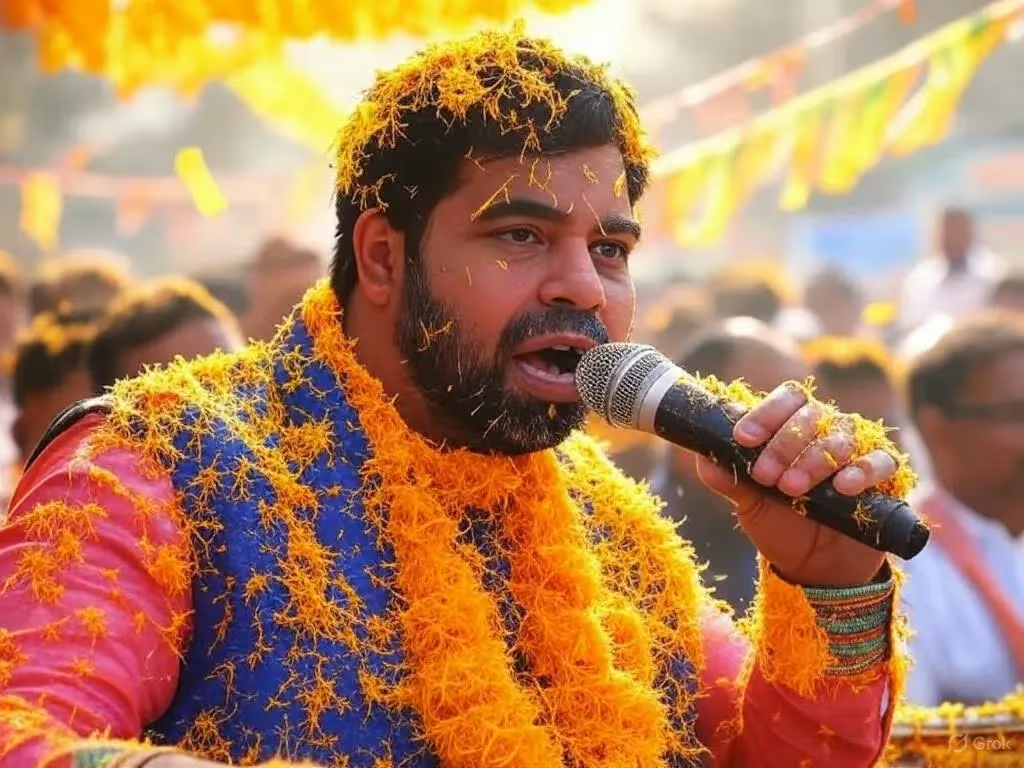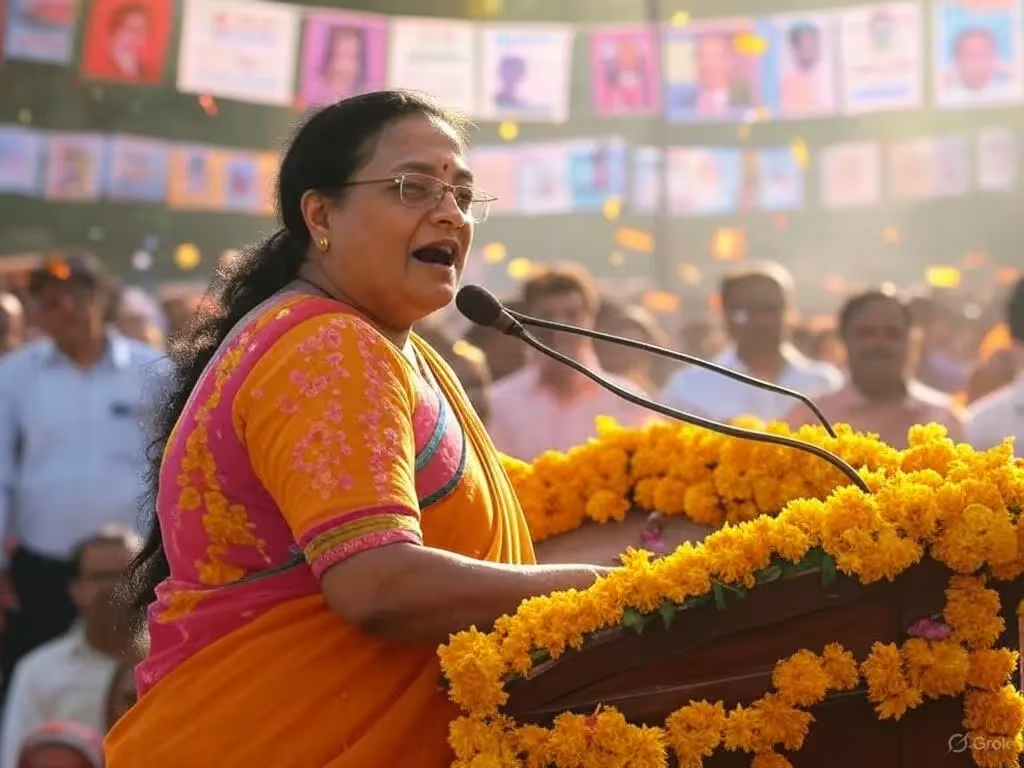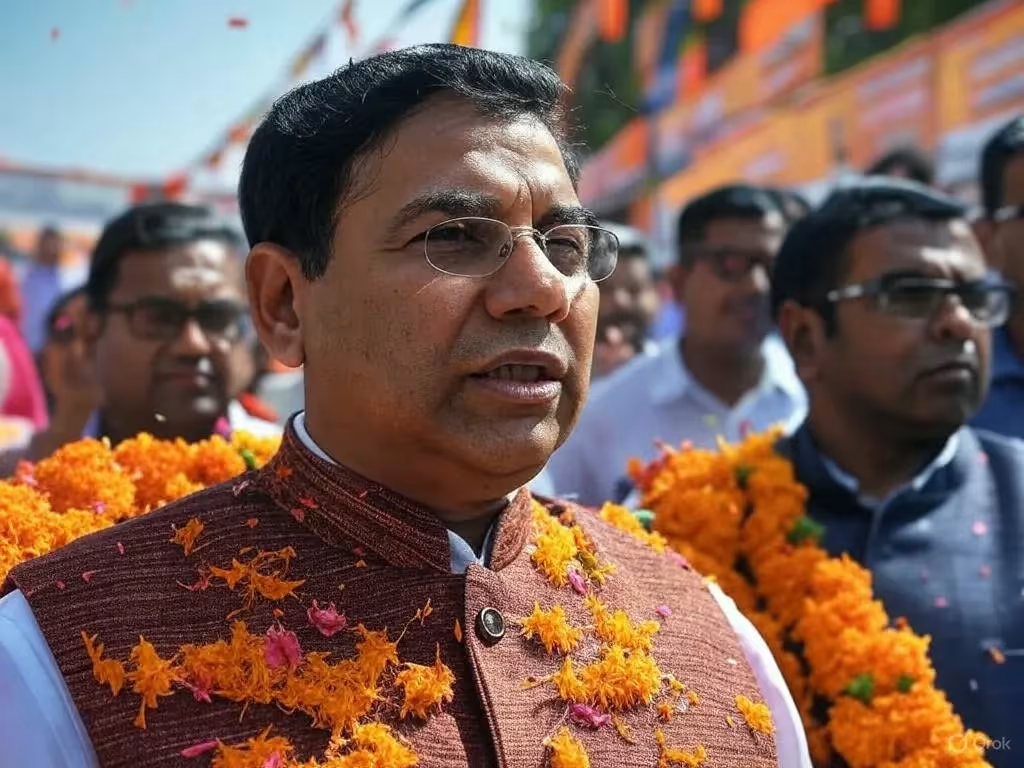Social Media Marketing for Political Parties in India
In the ever-evolving landscape of Indian politics, social media marketing has become a cornerstone for political campaigns. With the rise of digital engagement, social media platforms like Facebook, Twitter, Instagram, and YouTube have emerged as powerful tools to connect with voters, convey political messages, and shape public perception. In the upcoming 2025 elections and beyond, political parties in India need to adapt their strategies to incorporate social media marketing as an essential component of their campaigns.

Why Social Media Marketing Matters in Indian Politics
In India, where politics is deeply entwined with the masses’ everyday life, social media marketing offers a direct, real-time, and cost-effective way for parties and candidates to engage with the public. Social media allows political parties to:
- Target specific demographics
- Share their manifestos, policy details, and promises
- Build direct relationships with voters
- Respond to issues in real-time
- Showcase campaign events and rallies through vibrant, shareable content
Understanding Social Media's Power in Indian Elections
In India, elections are a vibrant and highly competitive process, with each party and candidate vying for the attention of millions of voters. Political parties such as the BJP, Congress, AAP, and TMC have increasingly used social media as a primary means of communication. The 2024 General Elections, followed by various state elections like those in Uttar Pradesh, Bengal, and Delhi, highlighted the importance of digital marketing strategies.
The BJP’s Direct Benefit Transfer (DBT) Scheme, which was heavily promoted through social media, is a perfect example of how digital campaigns can resonate with voters. On the other hand, Congress’s Bharat Jodo Yatra successfully utilized social media platforms to spread awareness and engage supporters across India.
Key Trends in Social Media Marketing for Political Campaigns
- Localized Content: With India’s diverse culture, political preferences differ from state to state. Therefore, political parties must focus on creating localized content to connect with regional audiences.
- Influencer Marketing: Popular influencers are increasingly being employed by political campaigns to shape public opinion, especially among younger voters.
- Real-time Engagement: Voters today expect quick responses to their concerns, making social media an effective medium for real-time engagement and crisis management.

पहुंचाइये अपना सन्देश ज्यादा से ज्यादा लोगों तक
Understanding Social Media's Power in Indian Elections
In India, elections are a vibrant and highly competitive process, with each party and candidate vying for the attention of millions of voters. Political parties such as the BJP, Congress, AAP, and TMC have increasingly used social media as a primary means of communication. The 2024 General Elections, followed by various state elections like those in Uttar Pradesh, Bengal, and Delhi, highlighted the importance of digital marketing strategies.

"The BJP’s Direct Benefit Transfer (DBT) Scheme, which was heavily promoted through social media, is a perfect example of how digital campaigns can resonate with voters. On the other hand, Congress’s Bharat Jodo Yatra successfully utilized social media platforms to spread awareness and engage supporters across India."
Key Trends in Social Media Marketing for Political Campaigns
- Localized Content: With India’s diverse culture, political preferences differ from state to state. Therefore, political parties must focus on creating localized content to connect with regional audiences.
- Influencer Marketing: Popular influencers are increasingly being employed by political campaigns to shape public opinion, especially among younger voters.
- Real-time Engagement: Voters today expect quick responses to their concerns, making social media an effective medium for real-time engagement and crisis management.

Successful Use of Social Media in Indian Elections: Case Studies
1. BJP’s Social Media Masterstroke in 2014 and 2019 Elections
The BJP, led by Prime Minister Narendra Modi, has been a trailblazer in the effective use of social media. The party’s digital marketing strategy in the 2014 general elections was revolutionary, marking a significant departure from traditional campaign techniques.
- Modi’s #AccheDin Campaign: Narendra Modi’s use of Twitter, Facebook, and YouTube helped him connect directly with voters. The use of hashtags like #AccheDin resonated deeply with the electorate and helped generate a large volume of online engagement.
- Voter Engagement: Modi’s social media team created engaging content that ranged from inspirational videos to interviews, building a massive online following.
- WhatsApp Groups: BJP utilized WhatsApp to spread messages, memes, and videos that influenced public perception.
In the 2019 general elections, BJP continued its digital dominance by ramping up the use of digital rallies and leveraging influencers and micro-influencers on social media.
2. AAP’s Social Media Revolution in Delhi Elections
The Aam Aadmi Party (AAP), especially under the leadership of Arvind Kejriwal, has successfully used social media to contest and win elections, most notably in Delhi. The party’s strategy revolves around the following:
- Local content creation: AAP’s social media campaigns were focused on real issues that resonated with local voters.
- Engaging videos: Kejriwal’s team produced short, relatable videos that highlighted their work on issues like education, health, and electricity prices.
- Grassroots Mobilization: AAP used social media to directly reach local constituencies, encouraging volunteers to spread the message across WhatsApp groups.
3. Congress’ Digital Strategy in 2019 Elections
The Indian National Congress (INC) has also embraced social media to engage with voters. In the 2019 elections, Congress attempted to build an online presence but struggled against the BJP’s digital juggernaut. Despite the challenges, Congress managed to gain traction by focusing on:
- Targeted Facebook Ads: Running campaigns around key issues such as farmer welfare, youth unemployment, and economic policies.
- Twitter Presence: Congress leaders actively used Twitter to raise key issues, though the party’s engagement rates were comparatively low.
Let’s zoom in on our A-game: social media management for political parties in India
India’s political scene is electric
Our social media turns rallies into roars and votes into victories. From Bihar to UP, we’ve flipped races with viral posts and laser-targeted ads. Here’s why we’re your secret weapon for political campaigns:
Viral Campaign Momentum
"We craft posts that ignite debates and trends that dominate feeds—think a single tweet turning a quiet candidate into a trending topic overnight across Delhi or Madhya Pradesh."
Real-Time Rally Amplification
"Going live from a rally in Uttar Pradesh? We stream it to thousands on Facebook and Instagram, pairing it with Reels that keep the energy buzzing post-event."
Countering Misinformation
"Fake news threatening your campaign? We squash rumors with rapid-response posts and fact-check graphics that restore trust faster than the opposition can blink."
Grassroots to Glory
"We take underdog candidates with small budgets—like a ₹10,000 push in UP—and turn them into local legends with WhatsApp-shared Reels and community-driven Instagram Stories."
Election Day Blitz
"When the stakes are highest, we roll out last-minute vote-driving campaigns—think geo-targeted YouTube ads or Instagram countdowns that push turnout in Bihar’s toughest constituencies."
Data-Driven Wins
"We geek out over analytics—tracking every like, share, and click to tweak strategies mid-campaign, ensuring your message hits home from Kolkata to Rajasthan."
Case Study
Bihar Election Blitz
We teamed up with a Bihar party for a state election showdown that had us buzzing. The goal? Hit the youth and rural voters where they live. We rolled out Facebook video ads—30-second firebombs about jobs and hope—that blasted out to 200,000 18-35-year-olds across the state. Then, Instagram Stories brought gritty, real-time rally energy to screens everywhere. The result? Engagement shot up 45%, voter turnout tipped in their favor, and they clinched the win. That’s how we turn passion into power!
Case Study
UP Underdog Triumph
In Uttar Pradesh, we took an indie candidate with a ₹10,000 budget and turned them into a local legend. WhatsApp-shared Reels of their grassroots hustle paired with Instagram clips of community meetups reached 50,000 people in a tight race. The buzz was undeniable—voters rallied, and they snagged a seat from the big players. Small budget, massive heart—that’s our kind of win!
